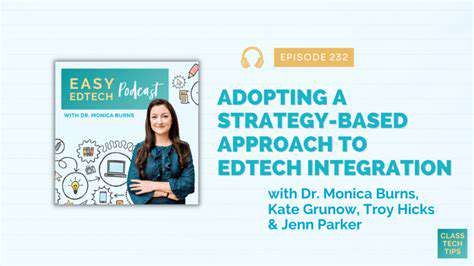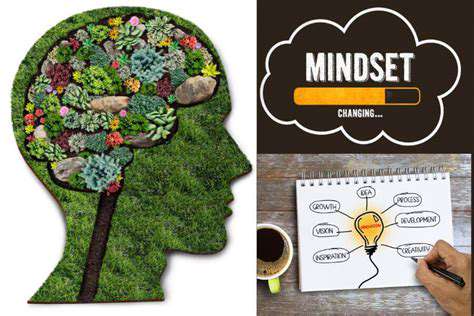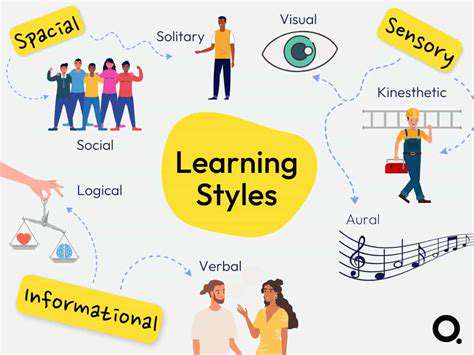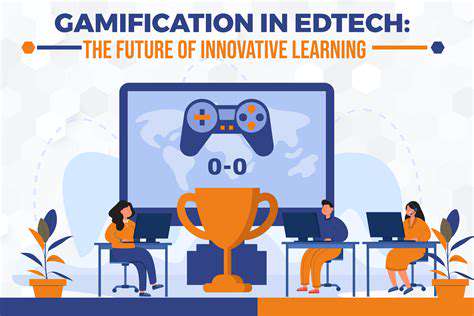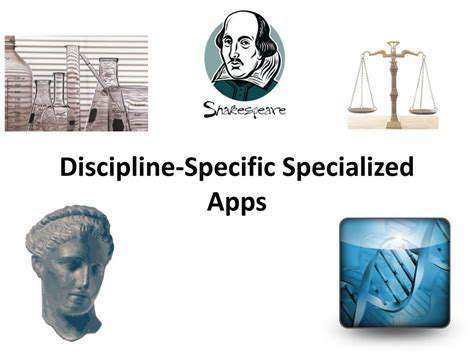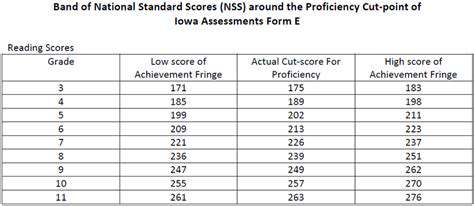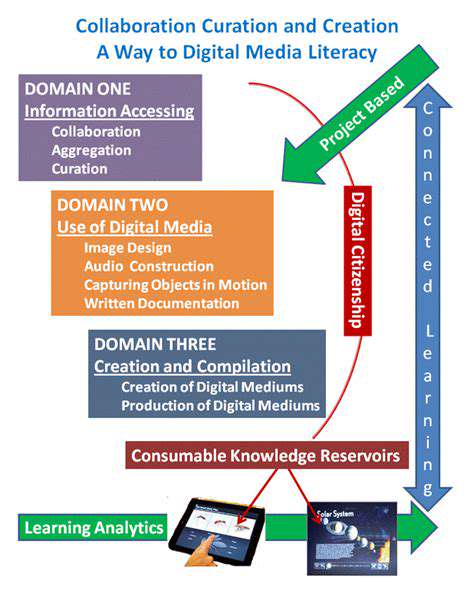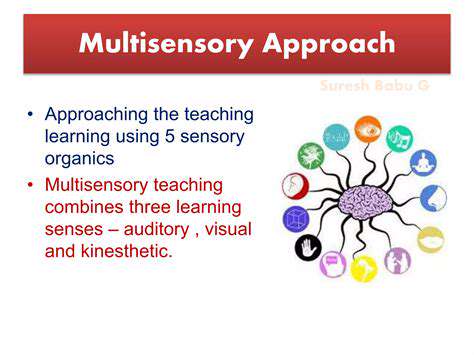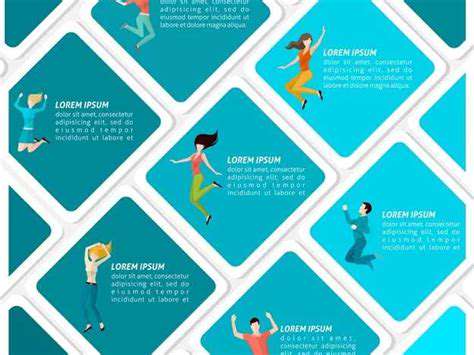Assessing Student Progress in Blended Classrooms
Integrating Formative and Summative Assessments

Understanding Formative Assessment
Formative assessment is a crucial component of effective teaching and learning. It's designed to provide ongoing feedback and guidance to students throughout the learning process, allowing teachers to adjust their instruction and support student needs in real-time. Formative assessments are typically low-stakes, meaning they don't significantly impact a student's overall grade. Instead, they focus on identifying areas where students are excelling and areas where they might need additional support.
By gathering this ongoing feedback, teachers can make informed decisions about their teaching strategies and adjust their approach to better meet the diverse needs of their students. This can include tailoring instruction to address specific misconceptions or reinforcing concepts that students are struggling with.
Examples of Formative Assessment Techniques
A variety of techniques can be used to implement formative assessment effectively. These include, but are not limited to, questioning strategies, quick checks for understanding, exit tickets, and observation of student work during class activities. These methods provide immediate insights into student comprehension, allowing teachers to address any misunderstandings or gaps in knowledge immediately.
Regular use of these strategies allows for a more dynamic and responsive learning environment. This enables teachers to adapt their instruction in real-time, ensuring that students are receiving the support they need to succeed.
Summative Assessment Defined
Summative assessments, in contrast to formative assessments, are typically high-stakes evaluations that measure student learning at the end of a unit, chapter, or course. These assessments aim to evaluate student mastery of specific learning objectives and provide a comprehensive understanding of their overall knowledge and skills. Common examples include tests, exams, and projects that require significant time and effort to complete.
These assessments are crucial for evaluating the effectiveness of teaching and learning, providing a broader view of student understanding. They also serve as a benchmark for evaluating student progress and assigning grades.
Integrating Formative and Summative Strategies
Combining formative and summative assessment strategies provides a more comprehensive and effective approach to student learning. By using formative assessments to monitor student progress throughout the learning process, teachers can identify areas where students might need additional support, and adjust their teaching methods accordingly.
This proactive approach ensures that students are adequately prepared for summative assessments, leading to a better understanding of the material and improved learning outcomes.
Benefits of Integrated Approach
Implementing a combined approach to formative and summative assessment provides numerous benefits for both students and teachers. Students benefit from receiving ongoing feedback and support to improve their understanding, while teachers gain valuable insights into student learning and can adapt their instruction accordingly. This continuous cycle of assessment and adjustment can significantly improve student achievement and overall learning outcomes.
This integrated approach fosters a more dynamic and engaging learning environment for all students. It also helps teachers to develop a more nuanced understanding of their students' strengths and weaknesses, ultimately leading to more effective instruction.
Challenges and Considerations
While integrating formative and summative assessment strategies offers numerous advantages, there are also challenges to consider. One potential challenge is the time commitment required for implementing both types of assessments. Teachers need to carefully plan and allocate time for both formative and summative activities.
Another consideration is the need for clear communication with students and parents regarding the purpose and importance of both formative and summative assessments. This helps students understand the value of the feedback and provides a more supportive learning environment.
Addressing the Challenges of Online Learning Assessment
Challenges in Assessing Knowledge Retention
Online learning environments present unique challenges in assessing knowledge retention compared to traditional classroom settings. The lack of direct, real-time interaction can make it harder to gauge a student's understanding in the moment. This can lead to a reliance on assessments that may not accurately reflect a student's true comprehension. For example, multiple-choice questions, while easy to administer, might not fully capture the depth of understanding needed to apply learned concepts in practical scenarios. Developing assessments that effectively measure knowledge retention in online environments requires careful consideration of these nuances.
Another significant hurdle is the potential for cheating or academic dishonesty. The ease of accessing information online and the anonymity of virtual interactions can create opportunities for students to circumvent the intended learning objectives. This necessitates the implementation of robust security measures and innovative assessment strategies that discourage such behaviors. Careful design of assessments that require critical thinking and application of knowledge, rather than simple memorization, can help mitigate this challenge.
Addressing the Digital Divide and Accessibility
The digital divide poses a significant obstacle to equitable access and assessment in online learning. Students lacking reliable internet access, appropriate devices, or digital literacy skills may struggle to participate fully in online learning activities and complete assessments effectively. This disparity can lead to significant learning gaps and hinder fair assessment of student progress.
To address this challenge, institutions need to provide robust support systems, including access to technology resources and digital literacy training, to ensure that all students have the tools and skills necessary to participate successfully. This includes offering alternative assessment methods for students facing technological barriers, such as allowing for offline completion of certain assignments or providing accommodations to ensure equitable access to learning materials and assessments.
Furthermore, the design of assessments should consider diverse learning styles and needs. Offering a variety of assessment formats, including written assignments, audio or video submissions, and interactive simulations, can cater to a broader range of learning preferences and abilities. This can foster a more inclusive and equitable learning environment.
Accessibility features should also be integrated into the design of online learning platforms and assessments to ensure that students with disabilities can participate fully. This includes providing alternative text for images, transcripts for audio content, and adjustable font sizes and color schemes, among other accessibility considerations.
Innovative Assessment Strategies for Online Learning
Moving beyond traditional assessment methods, online learning environments provide opportunities for innovative approaches to assess student progress. Interactive simulations, online projects, and collaborative learning activities can be incorporated into assessments to gauge practical application and problem-solving skills. These more dynamic approaches to assessment can provide a richer understanding of student abilities and encourage active engagement in the learning process.
Implementing formative assessments throughout the learning process allows for ongoing feedback and adjustments. This continuous monitoring of student progress can inform instructional strategies and ensure that students receive the support they need to succeed. Regular feedback on assignments and activities can also help students identify areas where they need additional support and guide them toward mastery of the learning objectives.
Read more about Assessing Student Progress in Blended Classrooms
Hot Recommendations
- The Gamified Parent Teacher Conference: Engaging Stakeholders
- Gamification in Education: Making Learning Irresistibly Fun
- The Future of School Libraries: AI for Personalized Recommendations
- EdTech and the Future of Creative Industries
- Empowering Student Choice: The Core of Personalized Learning
- Building Community in a Hybrid Learning Setting
- VR for Special Education: Tailored Immersive Experiences
- Measuring the True Value of EdTech: Beyond Adoption Rates
- Addressing Digital Divide in AI Educational Access
- Preparing the Workforce for AI Integration in Their Careers
